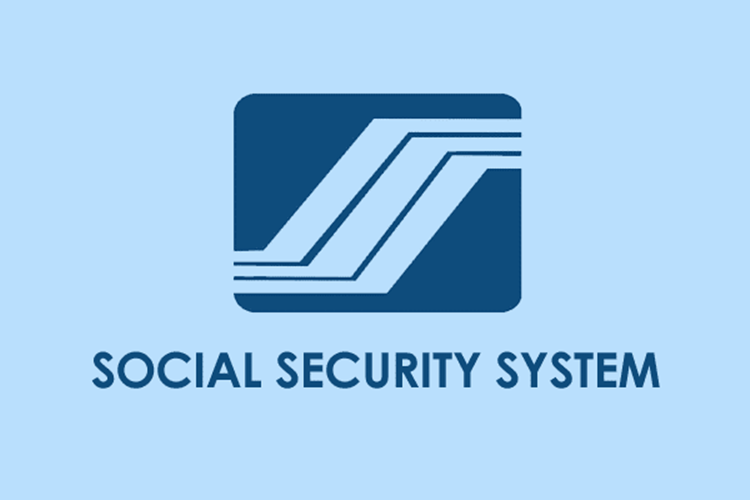Guide on SSS Salary Loan Management for Employers
SSS SALARY LOAN – Here is a guide for employers on what you must do in case your worker who has an outstanding loan is separated from the office.
Most individuals who are employed in the private sector are members of the Social Security System. More commonly called as SSS, it is one of the biggest state-run social insurance institutions in the Philippines.
SSS also got members who have previously worked in the government or the public sector. These individuals are usually members of both the SSS and the Government Service Insurance System (GSIS). Meanwhile, another big chunk among the SSS members is those who are self-employed or running businesses of their own.
Usually, discussions focus on the part of the employed members of the SSS like how they can borrow money through a salary loan, how much the institution can lend them for a house repair, what are the assistance available for those who are living in areas hit by a calamity, etc.

In this article, let us talk about the side of the employers specifically their responsibilities. Most private companies are the ones who remit the monthly contribution of their workers. It is done through a direct deduction from the payroll.
If you are an employer with workers who availed of the SSS Salary Loan, you also have responsibilities in the loan most especially if a worker leaves your office for a certain reason.
Whether your employee is voluntarily or involuntarily separated from your office and he or she has an outstanding SSS Salary Loan, it is your duty as an employer to deduct the loan balance of your worker from his or her benefits like the separation pay.
Furthermore, the employer must notify the SSS of the worker’s exact date of separation from the office. In case the benefits of the employee are also not enough for the balance of his or her loan, the employer must inform SSS about it.
You may also visit – SSS Salary Loan Interest Rate & the Maximum Loan Term

SSS LOAN